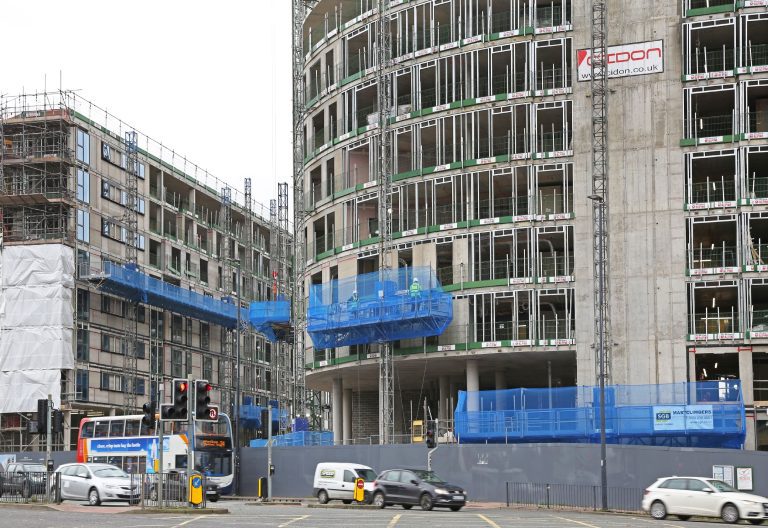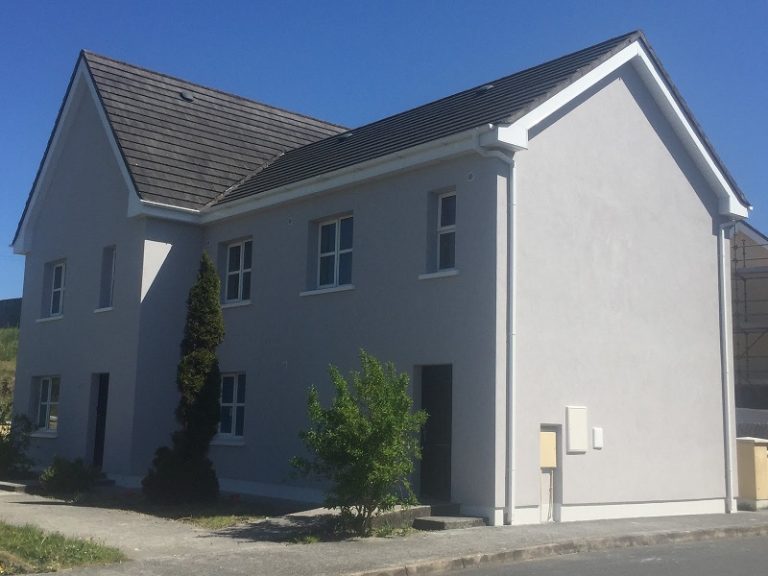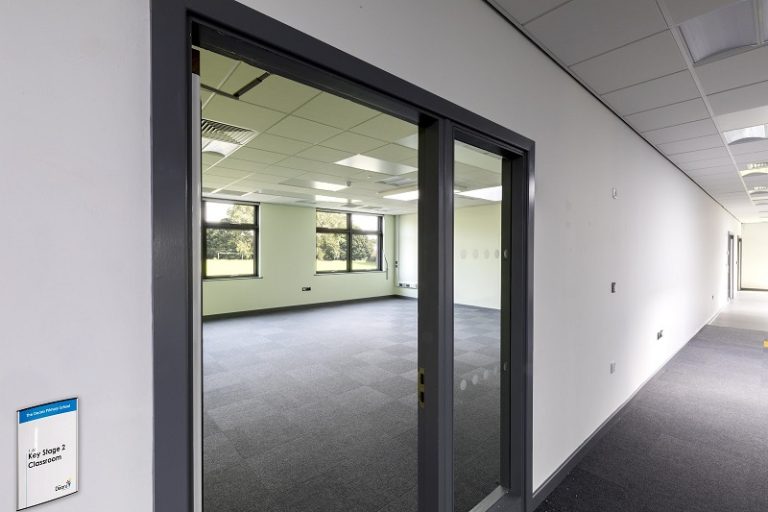On 23 June, 2016, the UK voted to leave the EU. The two years’ notice period required by the Treaty of Lisbon, for the government to implement this decision, means an actual exit date is very unlikely to be before June 2018.
There has been lots of discussion about how this vote will impact on the UK economy in general but what are the likely implications prior and post exit in relation to the UK energy and environmental policy? And more importantly, how will they affect you in your role as a facility manager?
Will we see a rise in energy costs?
We are currently seeing stable energy prices on the back of well supplied systems.
However, future rates are likely to be volatile due to uncertainties in the sterling and the potential for the increased cost of gas imports. Longer term, the UK will continue to be influenced by the global energy market but Brexit may affect investor uncertainty, with consequences for energy security and investment in generation capacity and the grid.
Reducing energy costs will be more important than ever in the coming years.
Will Brexit mean the end of The Energy Savings Opportunity Scheme (ESOS)?
As ESOS has been transposed into UK law (implementation of Article 8 of the EU Energy Efficiency Directive), it is reasonable to expect this will continue although its current form may well change.
The government announced in the budget it plans to simplify energy reporting into one single scheme: further information should become available once the Government publishes its much anticipated consultation on the future of business energy reporting
In the meantime, it is safest to keep on top of your existing ESOS requirements until further news is announced to avoid penalties.
Could Brexit disrupt HFC phase down?
As with ESOS, the F-gas regulation has been adopted into UK law and therefore, without a change to that law, the provisions in it will still apply to the UK even after Brexit. It is unlikely the UK would repeal this legislation, as to do so would be a massive retrograde step, from an environmental perspective. There are also movements on a global scale, such as the HFC phase-out/phase-down under the Montreal Protocol, which are influencing the UK.
The European HFC phase-down, however, is based on a reducing refrigerant volume quota system imposed on EU member states as a whole.
Much will depend on how the UK decides to work with the EU. If the UK pursues the Norwegian model nothing will change but if not then the UK will have to establish its own quota allowance going forwards.
Of more pressing concern, however, will be how Brexit could impact on the price of HFC refrigerants, which will start to rise quite rapidly as the market anticipates the changes. As production of HFCs falls in line with the phase down, prices will rise, and a devalued pound will add further cost pressures on imported refrigerant supplies.
In light of these changes, now is the time to review current HVAC systems, and either upgrade them to utilise lower HFC refrigerants or invest in new units, which don’t use refrigerants as a cooling method or can run on extremely low refrigerant levels.
Will Brexit impact on the UK’s climate change policies?
It’s unlikely that Brexit will have much impact on the UK’s climate change policies, mainly because the UK government has already gone further than the EU when it comes to reducing carbon emissions with the Climate Change Act which compels governments to cut emissions by at least 80% by 2050.
In fact, on 30 June, only a week after the Brexit vote, the UK published its fifth carbon budget. This announcement means that the UK accepts the Committee on Climate Change’s recommendations to reduce emissions by 57% below 1990 levels between 2028 and 2032.
This will force many large and medium-sized companies to comply with lower carbon emissions and inform the regulator about their energy consumption and energy efficiency plans. As a Facility Manager, meeting these targets will require a combination of energy saving measures and innovation in technology to ensure your building or buildings are as energy efficient as possible.
What can I do to improve energy management in my building as cost-effectively as possible?
Despite the huge amount of work you already carry out to save energy, such as by upgrading lighting technology, excluding draughts, and insulating walls, there is one area that accounts for up to 40% of a commercial building’s energy usage – HVAC systems.
Simple improvements to the efficiency of existing HVAC systems can offer considerable energy and CO2 savings, reduce costs and improve the working environment.
Some potential energy efficient upgrades include:
EC Fans – Replacing AC fans with EC fans allows optimisation of cooling systems for ultimate energy efficiency, potentially reducing energy usage by up to 70%.
Electronic Expansion Valves – The use of Electronic Expansion Valves (EEVs) in cooling units and condensers reduces the need for high head pressure, which can result in an energy efficiency ratio (EER) increase of 30%. EEVs provide stable, fast and precise control of superheat and can be used in all types of unit.
Inverters – Installing inverters to motors allows precise control of motor speeds, which can be ramped up or down to match load requirements. This ensures that the only energy used is that which is needed.
Refrigerant – Refrigerant upgrades help to increase system efficiency which will also save you money.
Controls and BMS replacements – Upgrade to the latest software platforms to improve system optimisation. The latest hardware and unit strategy can be installed on existing equipment to ensure system reliability, enhanced performance and increased control.
Variable speed drives – Installing variable speed drives allows control of fan and pump speeds which can help to










